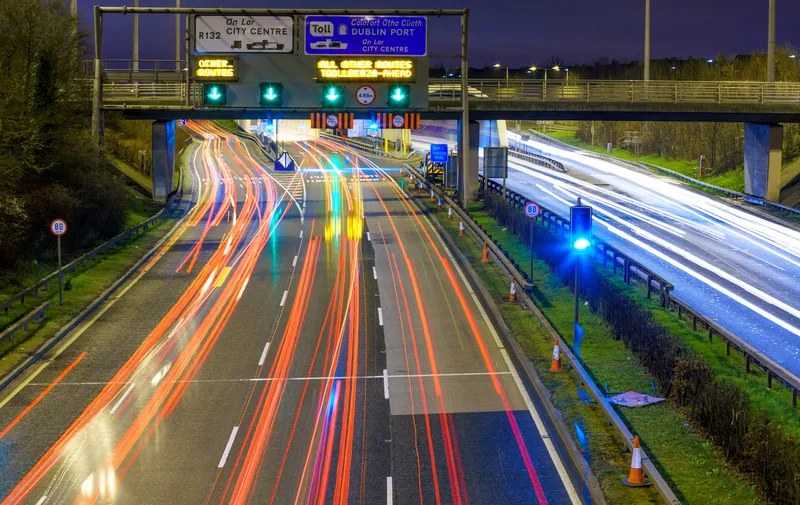The city has added an additional 15 intersections to its existing emergency vehicle pre-emption (EVP) system, helping to provide faster incidence response times and increased safety.
When an emergency vehicle needs to navigate an intersection, Opticom onboard the emergency vehicle sends a request to the intersection’s controller ahead of its arrival. If the request is granted, the light turns green and the vehicle gets a clear path through the intersection.
Norfolk, Virginia expands emergency vehicle pre-emption system
Global Traffic Technologies (GTT) has provided the city of Norfolk, Virginia, US with an expansion to its Opticom traffic pre-emption solution, which works alongside intersection controllers to help ensure emergency vehicles can move through intersections quickly and safely.
July 12, 2017
Read time: 1 min









